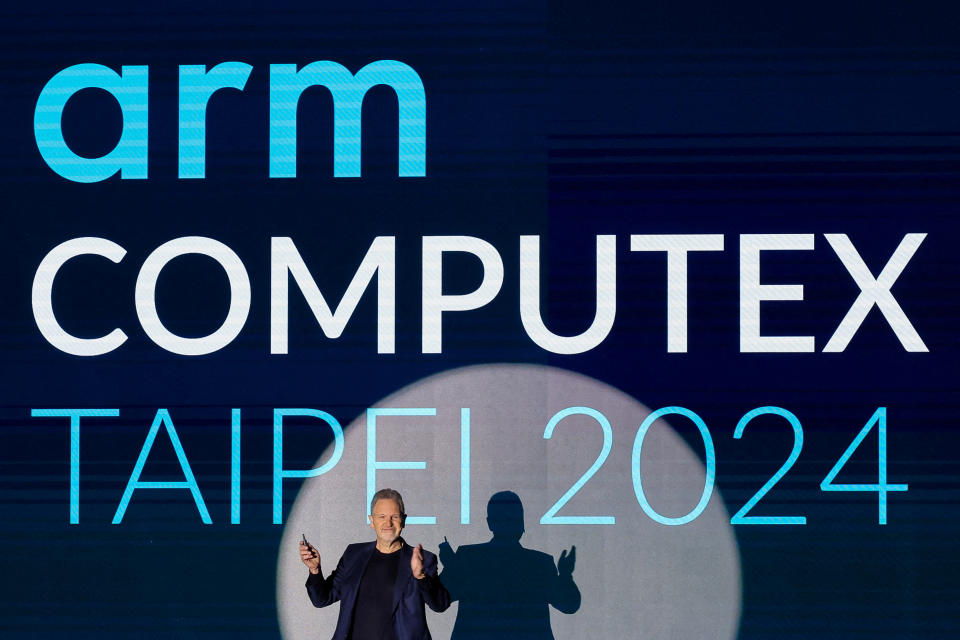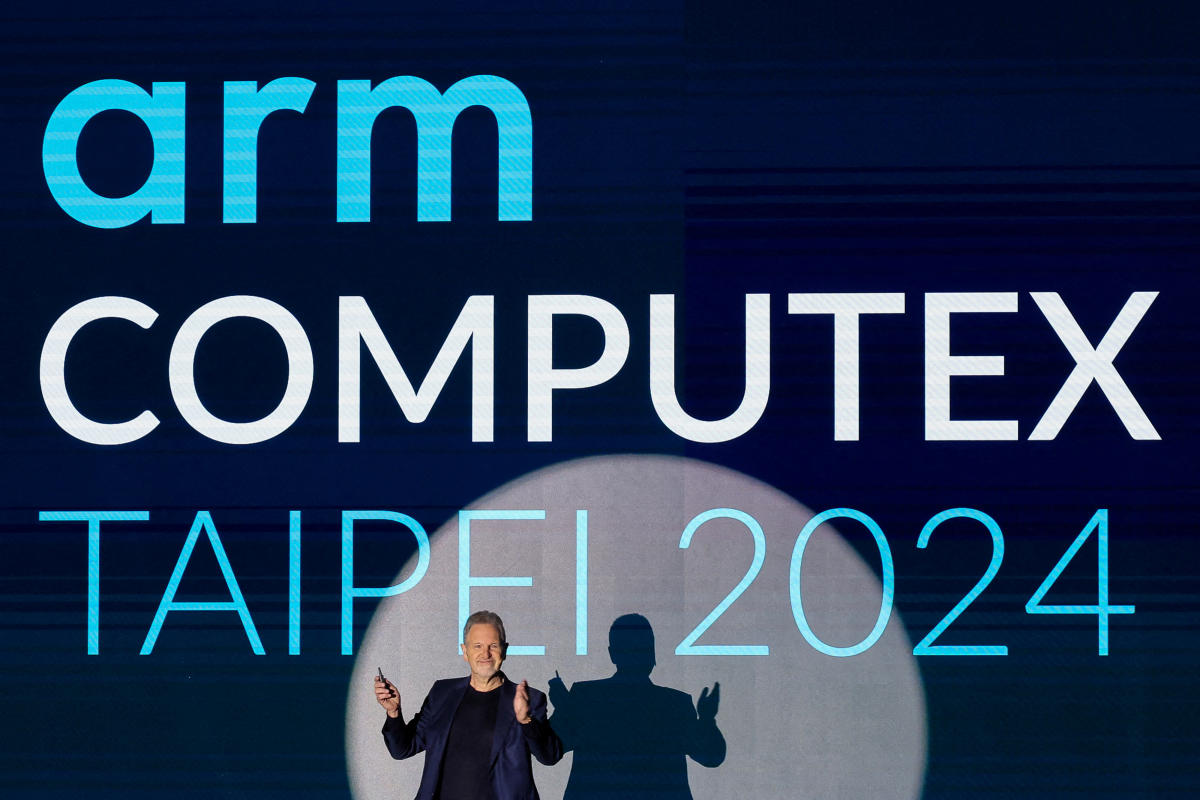Intel (INTC) and AMD (AMD) are aiming for a new competitor in the PC market: Arm (ARM).
The U.K.-based chip designer is making another push into the space with Qualcomm ( QCOM ) and its Arm-based Snapdragon X Elite and X Plus chips, which are being put into laptops from companies ranging from ASUS and Acer to Dell, HP, and Lenovo in the coming weeks.
Arm is already the main platform for Apple ( AAPL ) and its M-series chips for its line of Mac laptops and desktops, but it has a more complicated relationship with Microsoft’s ( MSFT ) Windows platform. There was the 2012 Surface RT that couldn’t run certain apps, and the 2022 Surface Pro 9 that had similar compatibility issues.
But Microsoft, Arm and Qualcomm say they’ve ironed out the flaws — and that Arm-based PCs will be just as reliable as Intel- and AMD-based offerings. The evidence? Microsoft has turned to Arm-based Qualcomm chips to power its new Surface Pro tablet and Surface Laptop, instead of Intel or AMD processors.
These Surface devices are part of Microsoft’s new Copilot+ PC standard, which are essentially high-end laptops that can run their own AI apps, which makes the fact that Microsoft is using Arm-based Qualcomm chips all the more interesting.

“The moment at Microsoft Build, with Microsoft basically coming out and kind of anointing or declaring that Snapdragon X Elite and Qualcomm-based Arm-based devices are the first to meet [Microsoft’s] The Copilot+ standards were a big departure,” explained Daniel Newman, CEO of The Futurum Group.
“It was just a big change that we haven’t seen in the industry in a long time,” he added.
Qualcomm’s chips are intended to be part of Microsoft’s big Copilot+ PC AI push, which will see more generative AI applications on Windows laptops and desktops. But generative AI applications are still in their infancy, meaning overall power and performance are still the best marketing tools for PCs powered by Qualcomm chips.
And the company looks poised to make some big gains in performance and battery life over Intel and AMD processors, not to mention Apple’s M3 chips. Microsoft says Qualcomm’s X Elite chip offers up to 51 percent faster CPU performance when using the same power as competing chips and matches the peak performance of a competitor’s CPU by using 65 percent less power. And that, at least initially, will be a key selling point for Arm-powered PCs.
“One of the key things that Qualcomm has done is basically deliver on the promise and deliver Mac-like, if not better, battery performance,” TECHnalysis Research president and principal analyst Bob O’Donnell told Yahoo Finance . “It was a huge deal for all Apple M-based Macs, and it was a real challenge, frankly, for Intel and AMD.”
But Arm isn’t just hoping that Qualcomm can take on Intel and AMD on its own. According to Reuters, Arm CEO Rene Haas says other manufacturers will release Arm chips in the future. What’s more, he believes Arm will control 50% of the Windows PC market within the next five years.
But Intel and AMD are not dealing with this existential threat. Both companies released their own responses to Qualcomm’s Arm-based chips during their respective keynotes at Computex 2024 in Taipei, Taiwan, this week.
From Intel’s perspective, that comes in the form of a new Lunar Lake chip, which the company says will start shipping in PCs in the third quarter of 2024. According to Intel, the Lunar Lake line uses 40% less power than the current Intel Core Ultra line offers 50% better graphics performance and features up to 4x faster Neural Processing Unit (NPU).
Additionally, Intel CEO Pat Gelsinger said during his Computex keynote that Lunar Lake already outperforms the Snapdragon X Elite’s CPU, GPU, and NPU in internal testing.
AMD is also fighting back with its own line of Ryzen AI 300 processors for Windows Copilot+ PCs, along with improved CPUs, GPUs and NPUs. Importantly, AMD says its NPU is capable of performance of up to 50 TOPS, or trillions of operations per second, more than Intel or Qualcomm chips. TOPS are a common measurement for launching AI applications.
Intel and AMD will need to ensure that their chips can not only keep up with Arm and Qualcomm, but also beat them in terms of overall performance and price. That’s especially important for Intel, which still makes most of its revenue through chip sales to third-party vendors through its Client Computing Group.
In the first quarter of this year, the Client Computing Group brought in $7.5 billion of Intel’s $12.7 billion in total revenue. That’s roughly 59% of the company’s total quarterly revenue. Meanwhile, AMD’s customer segment accounted for $1.3 billion of the total $5.5 billion in revenue in the first quarter.
Microsoft says the first Copilot+ PCs will go on sale on June 18, which means we’re still days away from seeing how well the Qualcomm-based Arm processors do in the market. But if the company can deliver on its promises, it could pose an existential threat to Intel and AMD’s chip business.
We’ll find out soon enough.


Email Daniel Howley at dhowley@yahoofinance.com. Follow him on Twitter at @DanielHowley.
Click here for the latest technology news that will affect the stock market.
Read the latest financial and business news from Yahoo Finance



